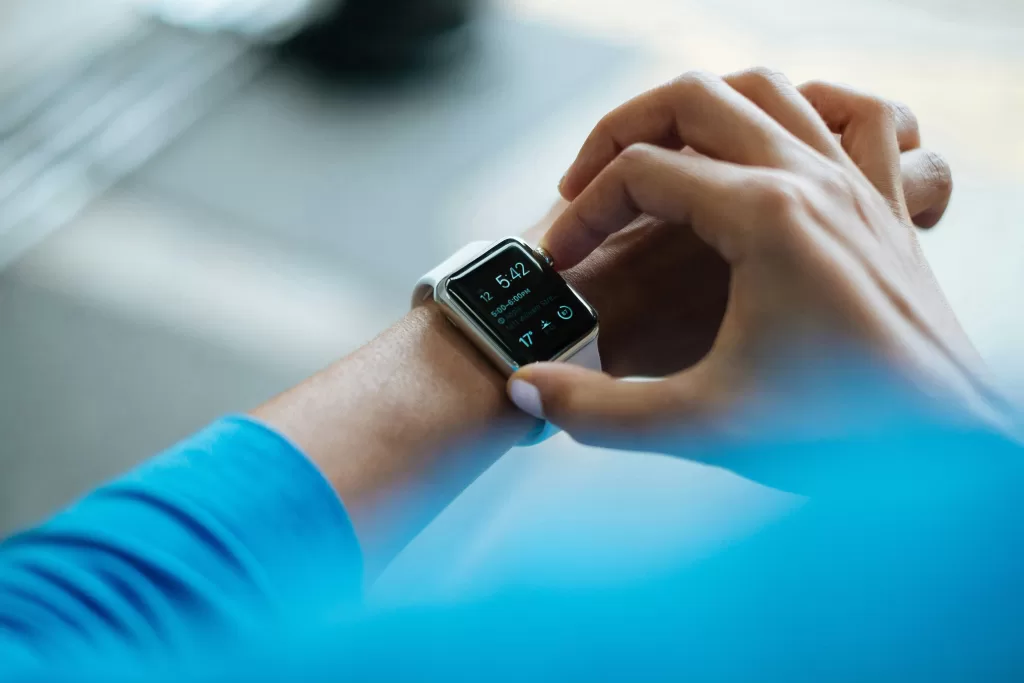Did you know that the time a prospective client receives your email goes a long way in determining if she will open the email, read it, and contact you or not? Other things being equal, a prospective customer would open your email if it is received at the right time. Many email marketers realize this, that is why they ask the next question.
What is the best time to send an email for the best results? This is a million-dollar question for email marketers because it seems to hold the key to a successful content marketing campaign.
As can be expected, many have attempted to answer this question using their limited experiences. However, the challenge with answers based on personal experiences is that they are limited and may not work in a dissimilar situation.
This article will be providing you with the best time(s) to send your marketing emails, and what’s more, these answers are backed by data. Let’s go already!
Best Day to send an email
According to studies that will be shown below, the best days to send an email are Tuesday, Thursday, and Wednesday.
- Tuesday:The majority of the studies identify Tuesday to be the best day to send an email.
- Thursday: The next day that ranks as the second-best day to send your marketing emails.
- Wednesday: It is the third-best day to send out your marketing emails, according to studies.
Note: These studies identified these days based on the following paradigm:
- Opening rate: That is the number of emails opened per day by prospective clients.
- Click-through rates:Wikipedia defines click-through rates as the ratio of users who click on a specific link to the number of total users who view a page, email, or advertisement. For more details, visit www.en.wikipedia.org/wiki/Click-through_rate.
Find below the supporting research data:
Data from GetResponse research reveals that peak inbox activity takes place on Thursdays. The second highest peak day was Wednesdays.
MailChimp’s research data revealed the highest open rates on Thursdays, with a second peak on Tuesdays. While data from Wordstream suggests Thursdays and Tuesdays as best days to send out emails.
Data from Experian, which was further analyzed by customer.io, reveals that Tuesday records the highest emails opened compared to any other day in the week. It was also discovered that Saturday had a high email-opening rate, and could be a good day to send your emails.
Research organized by HubSpot found that Tuesday is the best day to send an email.The next in rank is a tie between Monday and Wednesday.
MailerMailer found that Tuesday tops the list in the opening of emails, with Wednesday coming next. For Clicks, (that is emails with the highest number of clicks for external links), Sunday tops the list, with Tuesday coming in second place. Although Sundays has a lower open rate, it gets a higher click rate in the number of emails opened.
For more details on these statistics, visit www.coschedule.com/blog/best-time-to-send-email/.

Best time to send an email.
From further studies conducted on the best time to send emails, it was found that the following times are great for sending your emails. They are as follows:
- 10 a.m.: There seems to be an agreement among various research that sending out late-morning emails was effective. However, there was no general agreement on the specific late-morning hour. The consensus however is 10 am, and 11 am.
- 8 pm/Midnight: Evidence from research suggests that emails receive more opens and clicks late in the evening. Campaign monitor suggests that a possible reason for this could be because some people prefer checking their emails before going to sleep.
- 2 pm: Research also suggests that emails sent by 2 pm also enjoy some success. It seems to be so because people may be less busy at that time, or trying to take a break from work.
- 6 am: Finally, data from research suggests that emails sent by 6 am are also enjoy a good opening rate. This may be because some professionals prefer sending or checking their emails almost immediately they wake up.
Find below the supporting research data:
Data from Campaign Monitor’s research, reveals that between 9 am and 11 am is the best time to send out your emails. It starts from 9 am, peaks at 10 am, and starts slipping after 10 am. They summarize with the statement that 53% of emails get opened between 9 am and 5 pm.
MailChimp in their research found that sending emails late in the morning around 10 am and 12 noon attracts the highest opens. They even suggest that the best time to send an email is 10 am.
Furthermore, Wordstream analyzing MailChimp’s research data,found that there might also be a peak for afternoon emails. They suggest 2 pm as a peak time to send afternoon emails.
Also, Customer.io in their analysis of data sourced from Experian, found that email sent between 8 pm and midnight, enjoy the highest opening rate, with that of between 4 pm and 8 pm coming second. Furthermore, customer.io suggests that email marketing may not be very effective early in the morning, as people are more focused on work-related emails than marketing emails.
Results from research done by HubSpot agree with other research results mentioned so far. They agree that late-morning emails usually enjoy high opens; however, they suggest that openings peaks at 11 am, as against 10 am suggested by other research.
Data from MailerMailer is also in agreement with the late-morning opening peak. They suggest that sending emails late in the morning enjoys the best open rate, especially by 10 am, which is the peak period.
How to measure the success of your emails.
To measure your email success rate effectively, some metrics should be measured. These metrics are as follows:
Open Rate.
As the name suggests, open rates refer to how many subscribers opened the emails sent in your email campaign. Emails with great subject lines, usually enjoy high open rates, as they make subscribers inquisitive.
Click-through rate.
Hubspot defines click-through rates as the number of people who open a link or image in an email. Usually, the number recorded in click-through rates is smaller than the total number of emails opened. This is becausemost persons abandon emails a few minutes after opening them.
Click to Open Rate.
According to Campaign Monitor, in click to open rate, we compare the number of unique clicks to unique opens. This number indicates how effective the email message, design, and content performed, and whether it created enough interest in the recipient to take action.For more details, visit www.campaignmonitor.com/resources/glossary/click-to-open-rate-ctor/.
Note: To monitor your email success metrics, you could use Google Analytics. It makes monitoring the metrics easier. To learn about this visit www.marketlytics.com/blog/google-analytics-email-tracking/.
How to Make Your Email Headline Standout.
It is no new information that your email headline is another key factor that determines if your marketing email gets opened or not. Here, we will be looking into how to write headlines that subscribers cannot resist.
Make your Headlines Inspiring.
It has been discovered that How-to, List, and Question headlines, attract subscriber’s attention, leading to the opening ofthe email. Examples of how to write such headlines are:
- 7 ways to increase customer engagement.
- How to write the perfect headline.
- Do you want to boost your customer engagement?
Show them what they stand to gain.
Most of your subscribers have a busy schedule and will most likely not open an email that does not seem important to them. However, if your headline tells them just how much they could benefit from opening the email, they will do it. This is why email headlines that describe what subscribers will gain by reading, often enjoy a high open-rate.
Examples of this include:
- Multiply your social media following while you sleep.
- 11 Reasons you should start content marketing.
Make it Unique.
Another way to increase your rate of opening is by using unique headlines. Unique headlines attract subscriber’s attention and make them inquisitive to see what the email is all about. An example of a unique headline could be;Stop being busy, Start closing sales!
Create a sense of urgency.
Most people feel the need to act quickly if they are given reasons to do so. The same is true for getting your subscribers to open your marketing email. If they know they will miss out on something special without opening your email, they will open it.
You can create this sense of urgency in your email headline to get them to open your marketing email. A quick example is:
- Get the latest Content Marketing Hack (Last Chance).
Keep it short.
According to a study done by Experian, about 54% of emails are opened on mobile devices. Since mobile devices have smaller screens than computers, it is advised that you keep your headline short. Ideally, it should be around 50 characters.
Conclusion.
This article has tried to discuss the best time to send an email. I believe the information provided here will help make your email marketing more successful. As you follow the recommendations above, ensure to look out for little positive changes, as they could be the key to success in your niche of email marketing.
For instance, be on the lookout to identify which time works best for your niche of email marketing. If your 2 pm emails are the most successful, stick with it, and build on it.
Wishing you the best as you continue your email marketing endeavors.


